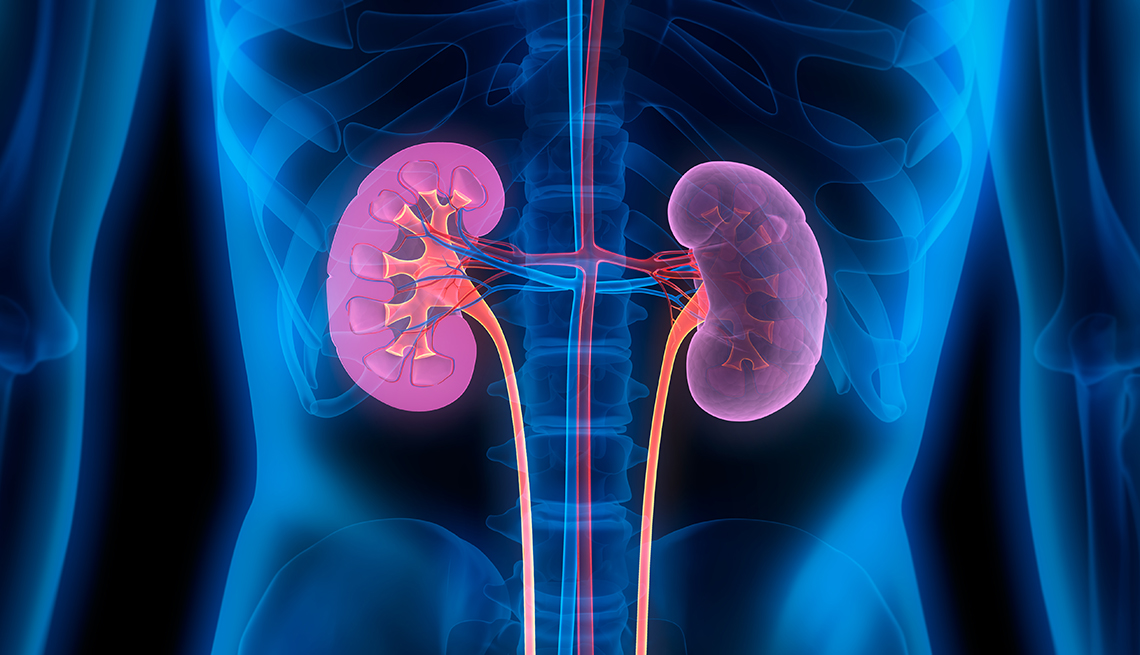Chronic Kidney Disease (CKD) and Women Health: Understanding the Gender Disparities
Chronic Kidney Disease (CKD) is a global health concern that affects millions of people. While it can affect anyone, there are distinct gender disparities in the prevalence, risk factors, and management
of CKD. In this blog, we will explore the gender-specific aspects of CKD, focusing on the unique risk factors, symptoms, and treatment considerations for women. Raising awareness about CKD in the context of women health is crucial for early detection and effective management.
The Gender Disparities in CKD Prevalence:
CKD affects women differently than men. Studies have shown that women are more likely to develop CKD than men, and this discrepancy is more pronounced in older age groups. The reasons for this gender difference are multifaceted and include hormonal, genetic, and socio-economic factors.
Risk Factors:
Several gender-specific risk factors contribute to the higher prevalence of CKD in women:
1. Autoimmune Diseases: Women are more susceptible to autoimmune diseases like lupus and rheumatoid arthritis, which can lead to kidney damage.
2. Hormonal Changes: Hormonal fluctuations during the menstrual cycle, pregnancy, and menopause can affect kidney function and increase the risk of CKD.
3. Urinary Tract Infections (UTIs): UTIs are more common in women and, if left untreated, can lead to kidney infections that may cause kidney damage.
Symptoms:
CKD can present differently in women, often with subtler symptoms, which can make early detection challenging. These symptoms may include fatigue, frequent urination, and difficulty concentrating. Women may attribute these symptoms to factors like stress or aging, delaying diagnosis and treatment.
Pregnancy and CKD:
Pregnancy can pose unique challenges for women with CKD. Proper prenatal care and monitoring are essential to manage the increased risks of complications such as preeclampsia, gestational diabetes, and premature birth.
Treatment Considerations Women with CKD require specialized care tailored to their unique needs:
1. Blood Pressure Management: Controlling high blood pressure is crucial in slowing the progression of CKD. Medications and lifestyle changes may be recommended.
2. Proteinuria Management: Women with CKD may experience proteinuria (excessive protein in the urine), which is a sign of kidney damage. Medications and dietary modifications can help manage this.
3. Pain Management: For women with CKD-related pain, especially those with polycystic kidney disease, pain management strategies must be individualized to minimize discomfort and improve the quality of life.
4. Emotional Well-being: CKD can take an emotional toll, and women may benefit from counseling and support groups to address anxiety, depression, and coping strategies. Raising Awareness Raising awareness about CKD in the context of women health is vital. This includes educating women about their unique risk factors, encouraging regular health check-ups, and promoting a healthy lifestyle to reduce the risk of CKD.
Conclusion
Chronic Kidney Disease (CKD) is a significant health concern that affects women differently than men. Understanding the gender-specific aspects of CKD, including risk factors, symptoms, and treatment considerations, is crucial for early detection and effective management. By raising awareness about CKD in the context of women health, we can empower women to take proactive steps in preserving their kidney health and overall well-being.

